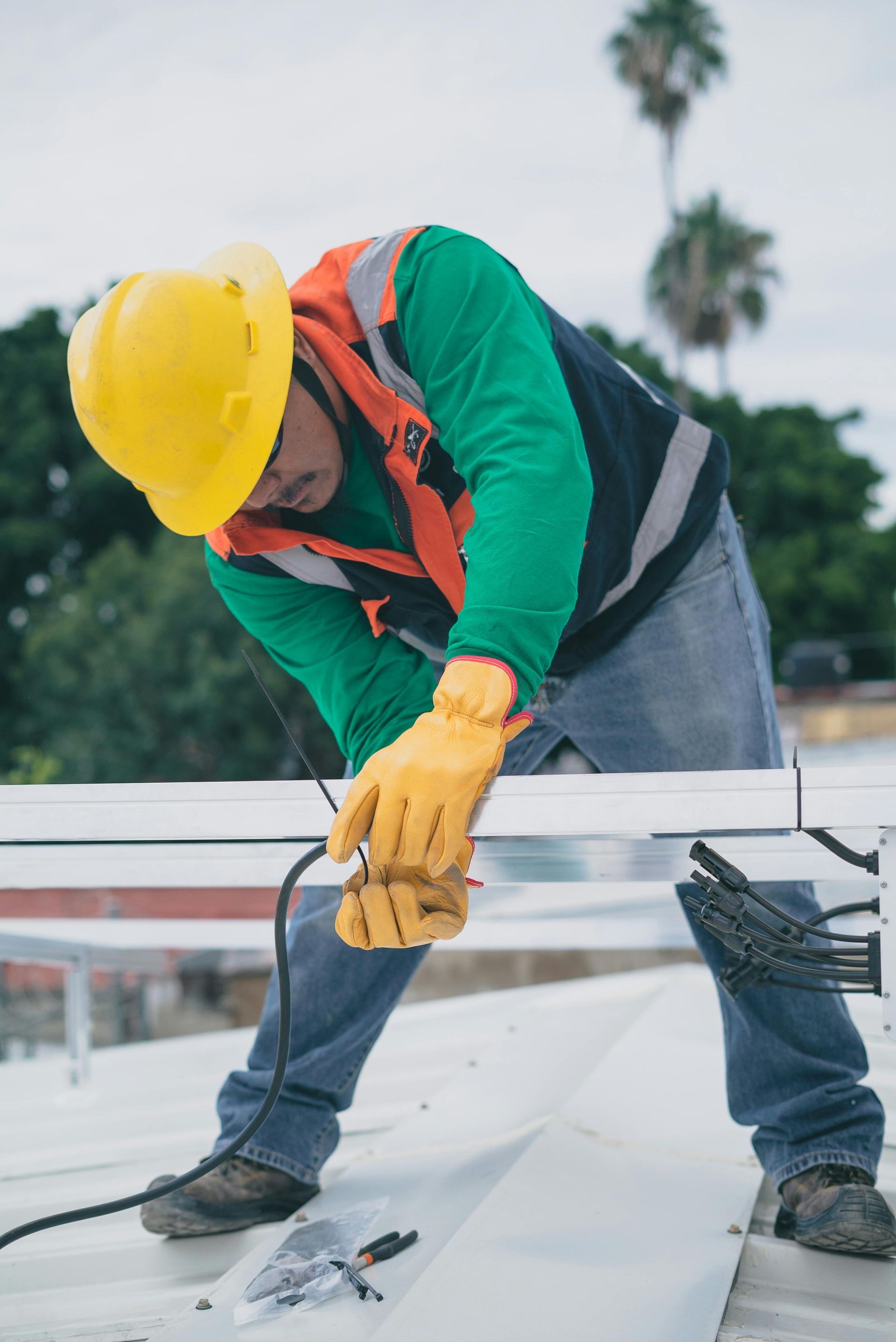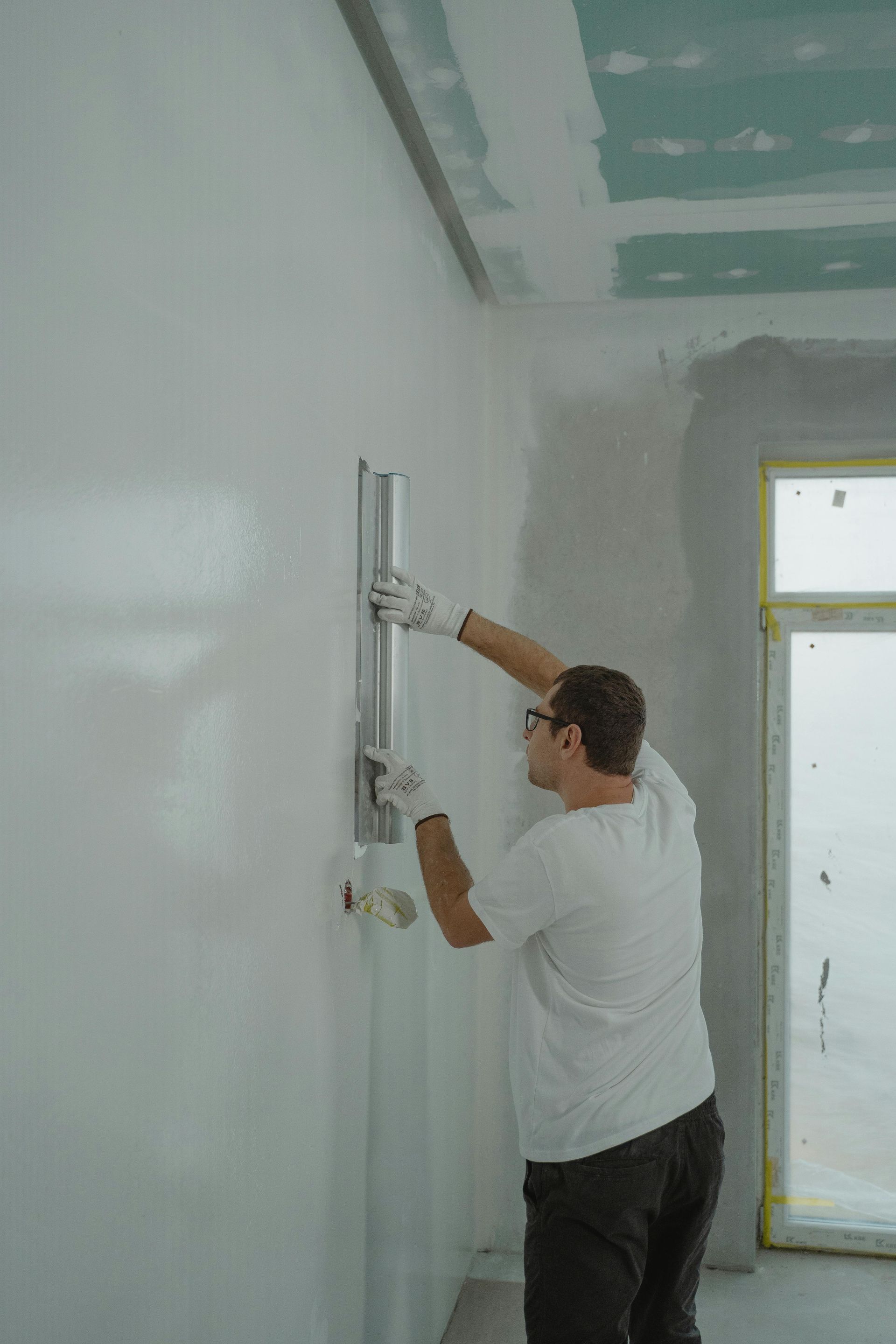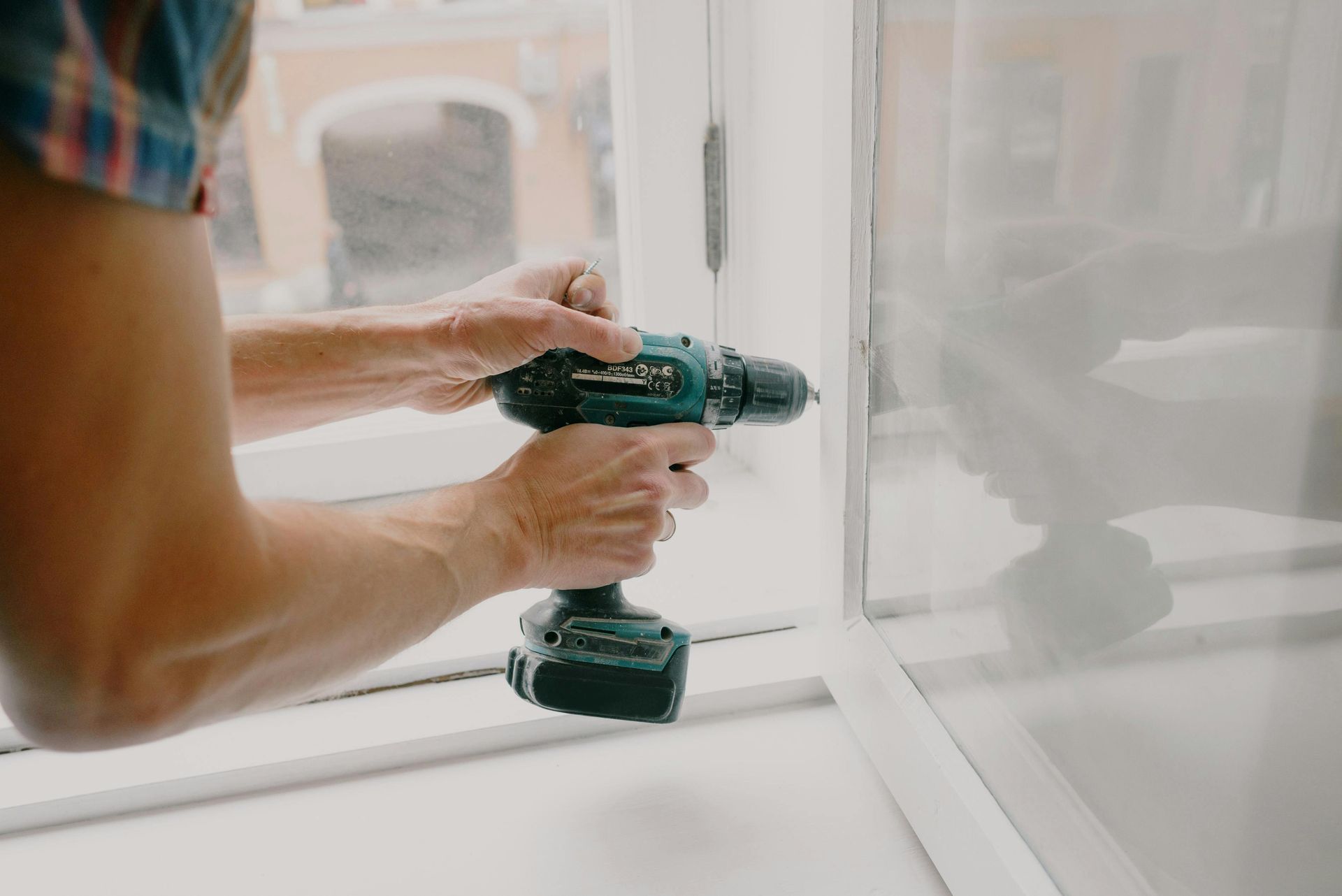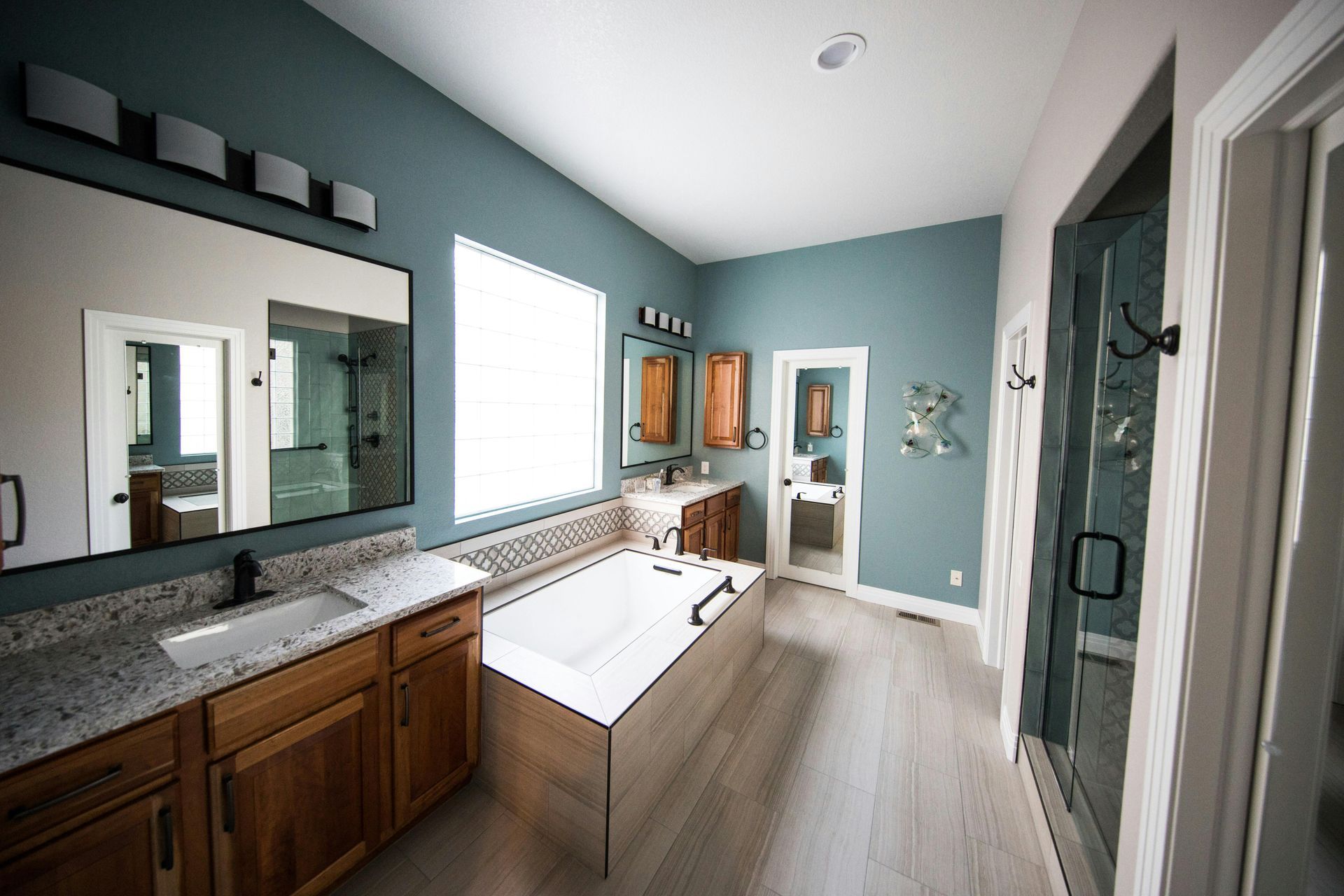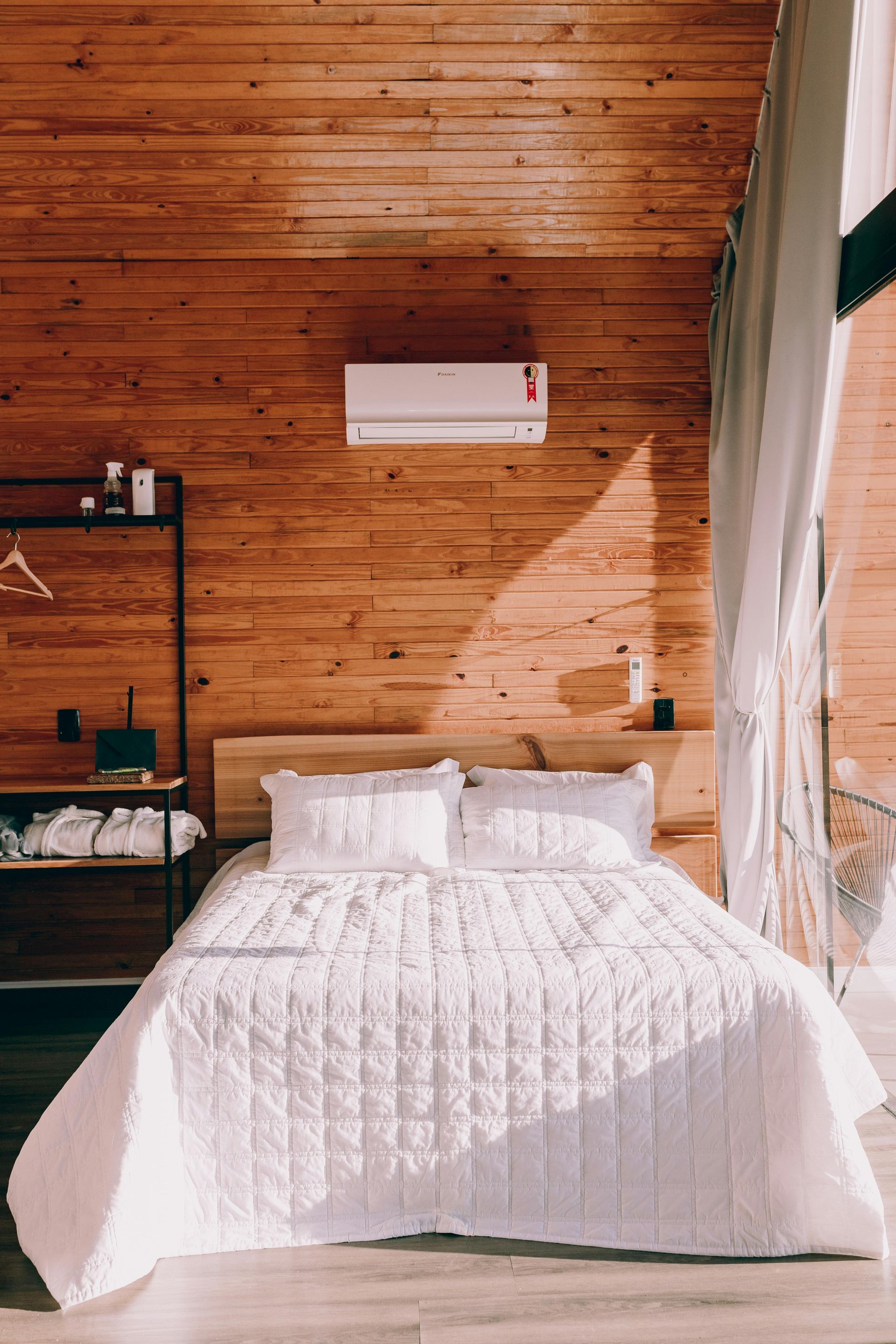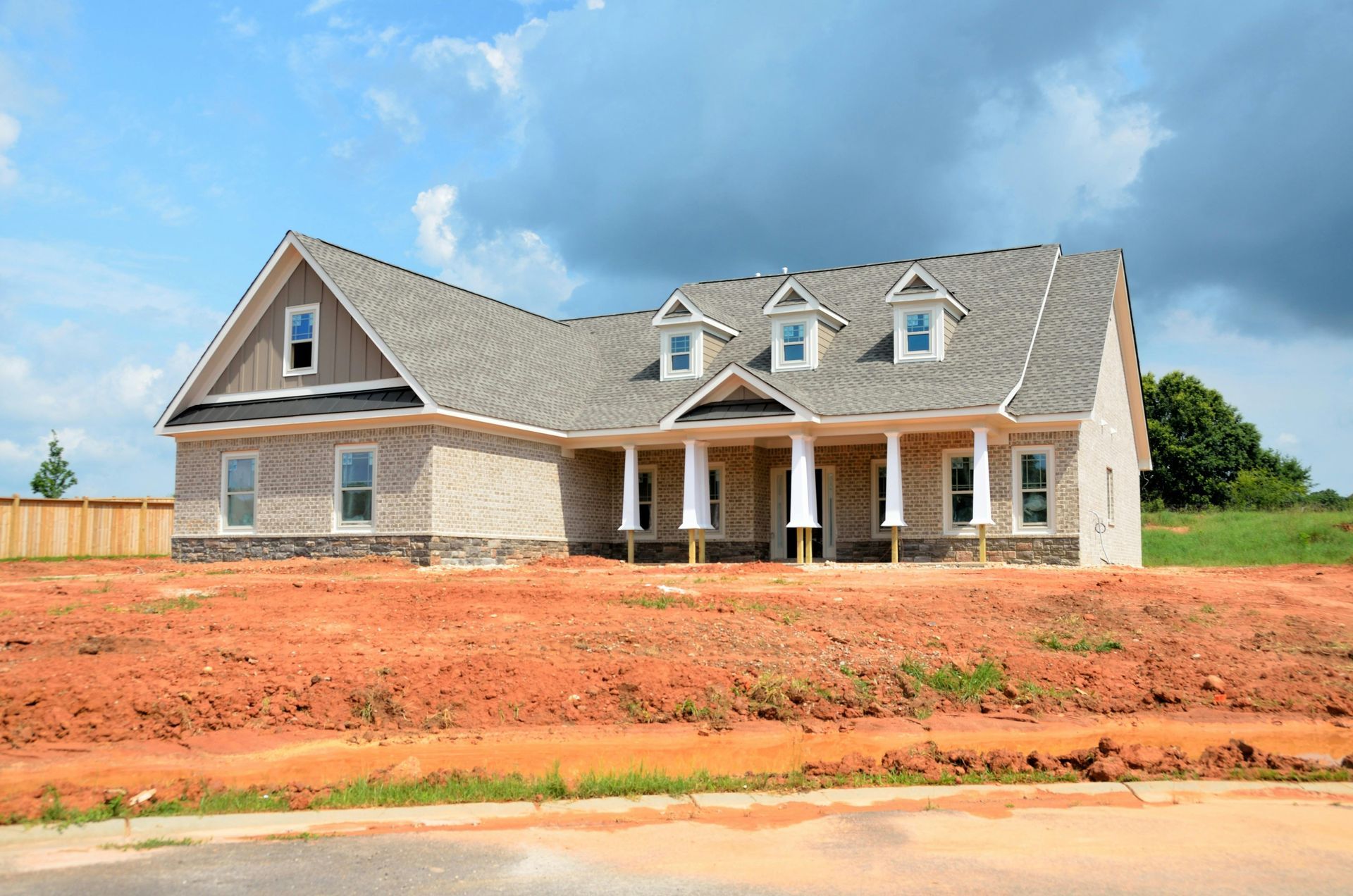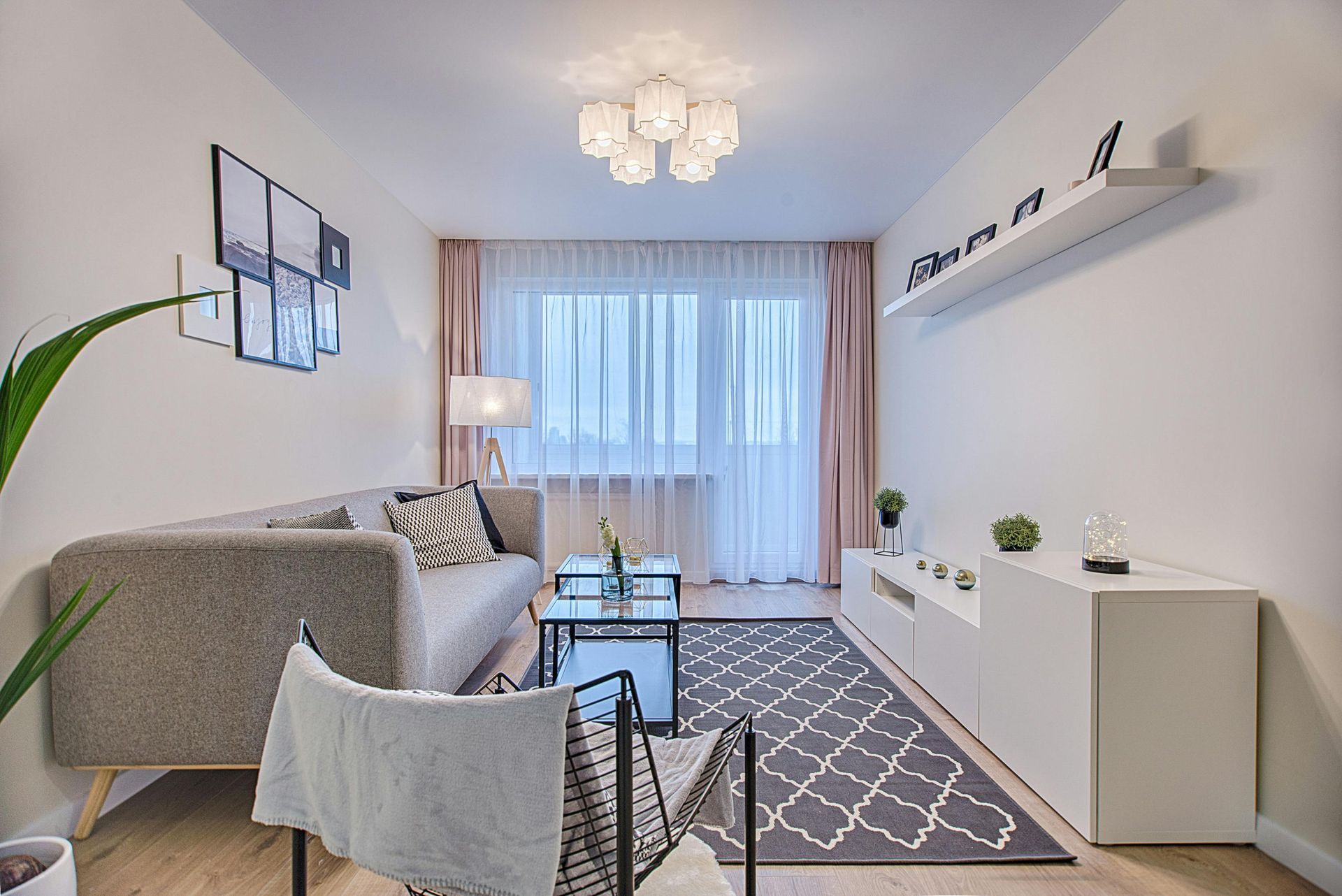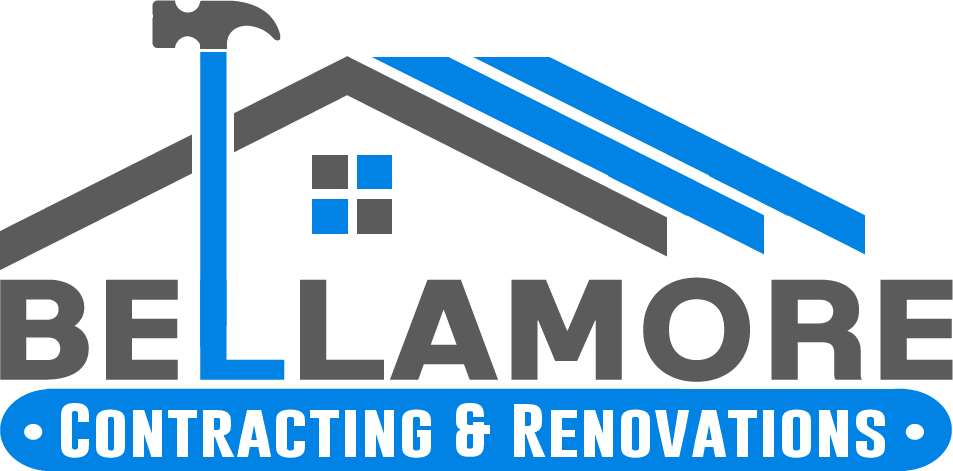Licensed (#RBC-21-01654) & Insured
Local References Available Upon Request
Licensed (#RBC-21-01654) & Insured | Local References Available Upon Request
Preserving the Past with Historical Windows
Historical windows serve as more than just functional openings in a home; they are integral to its character, charm, and architectural heritage. Whether found in colonial-era homes, Victorian mansions, or early 20th-century bungalows, these windows tell a story of craftsmanship and design from a bygone era. Their unique details, such as hand-crafted muntin, leaded glass, and wooden sash frames, contribute to a home's aesthetic and historical authenticity.
For homeowners of historic properties, preserving original windows is often a priority, but it also presents challenges. Aging materials, drafts, and poor energy efficiency can make maintenance difficult, leading many to consider restoration or replacement. The key is finding a balance between preserving historical integrity and incorporating modern performance improvements.
Navigating the decision between restoring original windows or replacing them with historically accurate replicas requires careful consideration. Understanding the architectural significance of historical windows and the options available ensures that homeowners can make informed choices that maintain the authenticity of their property.
Understanding Historical Windows
Every era of architecture comes with its own distinct window styles. From the six-over-six double-hung windows common in colonial homes to the intricate stained glass found in late Victorian designs, these windows reflect the craftsmanship and building techniques of their time. Recognizing these styles is essential when restoring or replacing historical windows.
Materials used in historical windows often include solid wood, steel, and leaded or wavy glass, each offering unique charm and authenticity. Unlike modern mass-produced windows, historical windows were custom-built to fit a specific home's design, making them unique architectural elements.
The craftsmanship behind these windows is evident in details like hand-cut muntins, mortise-and-tenon joints, and the subtle imperfections of hand-blown glass. These design elements contribute to the overall aesthetic of a historic home, reinforcing why preserving or replicating them is crucial.
Restoration vs. Replacement: Making the Right Choice
Deciding whether to restore or replace historical windows depends on their condition, level of deterioration, and the homeowner’s priorities.
Restoring historical windows is often the preferred approach for those looking to maintain authenticity. Restoration focuses on repairing original materials, reinforcing structural elements, and improving performance while keeping the window's original character intact. This can involve reglazing panes, weather-stripping, and reinforcing wooden frames to ensure long-term durability.
In cases where windows are beyond repair due to rot, warping, or structural damage, replacement may be necessary. However, replacing historical windows doesn’t mean sacrificing authenticity. Many manufacturers offer custom-built historical replicas that mimic the original window’s design while incorporating modern materials for enhanced efficiency and durability.
Several factors influence the decision to restore or replace, including the historic designation of the home, local preservation guidelines, cost considerations, and the long-term benefits of each option. Consulting with preservation specialists ensures that the chosen solution aligns with both historical accuracy and modern needs.
Modern Innovations for Historical Windows
While historical windows have their charm, they often lack the energy efficiency and insulation found in modern designs. Fortunately, advancements in window technology allow homeowners to retain the aesthetic appeal of their historic windows while improving their functionality.
Energy-efficient glass options, such as Low-E coatings and double-glazing, can be incorporated into restored or replica windows to reduce heat loss and enhance insulation. This helps homeowners enjoy lower energy bills and a more comfortable indoor environment without compromising the home’s historical integrity.
Weatherproofing solutions, including interior storm windows, insulated wood frames, and high-performance glazing, provide further enhancements. These updates help protect the home from drafts and external noise while preserving the visual appeal of the original design.
Manufacturers specializing in historical windows also offer modern materials, such as wood-aluminum hybrids, that replicate traditional aesthetics while providing increased durability and resistance to moisture and temperature fluctuations.
Working with Preservation Guidelines and Local Codes
When restoring or replacing historical windows, homeowners must consider preservation guidelines set by local historic districts or landmark commissions. Many historic homes are subject to regulations that dictate what modifications can be made to exterior elements, including windows.
Understanding these guidelines is crucial before beginning any restoration or replacement project. Some areas require homeowners to obtain permits or approvals before modifying historical features, ensuring that any changes align with the home’s original architectural style.
Selecting historically accurate materials and designs that meet compliance standards is essential in these cases. Working with restoration experts or window manufacturers experienced in historical preservation can help homeowners navigate the approval process and maintain the integrity of their property.
Choosing the Right Materials and Craftsmanship
Restoring or replicating historical windows requires attention to detail and skilled craftsmanship. The right materials and techniques play a significant role in maintaining the authenticity of a historic home.
Wood species commonly used in historical windows include mahogany, pine, and oak, each offering durability and period-correct aesthetics. These woods can be treated to enhance longevity and resistance to decay.
Traditional joinery techniques, such as mortise-and-tenon construction, ensure that replacement windows maintain the same structural integrity as the originals. Handcrafted muntin, sash weights, and pulleys can also be preserved or replicated to maintain the historical accuracy of the window design.
For homeowners opting for replacement, selecting a manufacturer that specializes in historically accurate windows is crucial. Custom-built windows should match the original style in terms of proportions, detailing, and glazing while incorporating modern energy efficiency improvements.
Successful Historical Window Projects
Real-life examples illustrate the impact of well-executed historical window restorations and replacements.
One homeowner in a Victorian-era property chose to restore the home’s original stained glass windows, preserving intricate leadwork and vibrant colors. Through professional restoration, the windows were reinforced with protective glazing while maintaining their stunning visual appeal.
In another case, a historic colonial home underwent a window replacement project where the original wood windows were beyond repair. The homeowners opted for historically accurate replicas made from custom-milled wood with energy-efficient glass. The final result preserved the home's classic appearance while enhancing comfort and energy efficiency.
Before-and-after transformations showcase how historical window projects can maintain a home’s character while addressing modern needs. Homeowners who invest in professional restoration or historically accurate replacements often find that their property value increases, and their homes retain their timeless charm.
Maintenance and Long-Term Care for Historical Windows
Caring for historical windows requires regular maintenance to ensure their longevity and continued performance.
Routine cleaning of antique glass helps preserve its clarity and prevents damage from dirt buildup. Using a mild solution and soft cloth can prevent scratches and wear on delicate panes.
Wooden frames should be checked periodically for signs of moisture damage, rot, or peeling paint. Repainting and refinishing as needed helps protect the wood from exposure to the elements.
Weather-stripping and sealing improvements can help maintain insulation without compromising the window’s appearance. Adding interior storm windows provides additional protection while allowing the original design to remain visible.
Seasonal maintenance, such as clearing debris from window tracks and lubricating hardware, ensures that historical windows continue to function smoothly over time.
Bringing the Past into the Present
Preserving historical windows is about more than aesthetics; it’s about maintaining a home’s architectural identity and honoring the craftsmanship of the past. Whether through careful restoration or historically accurate replacements, homeowners can ensure that their windows remain a defining feature of their property.
By embracing modern advancements while staying true to historical design, homeowners can enjoy improved comfort, energy efficiency, and durability without compromising authenticity. Investing in historical windows not only enhances the beauty of a home but also contributes to its legacy, ensuring that future generations can appreciate its timeless charm.
For homeowners looking to restore or replace historical windows, working with professionals experienced in preservation is key. With the right approach, it’s possible to blend history and modern convenience seamlessly, creating a home that remains as stunning and functional as the day it was built.


